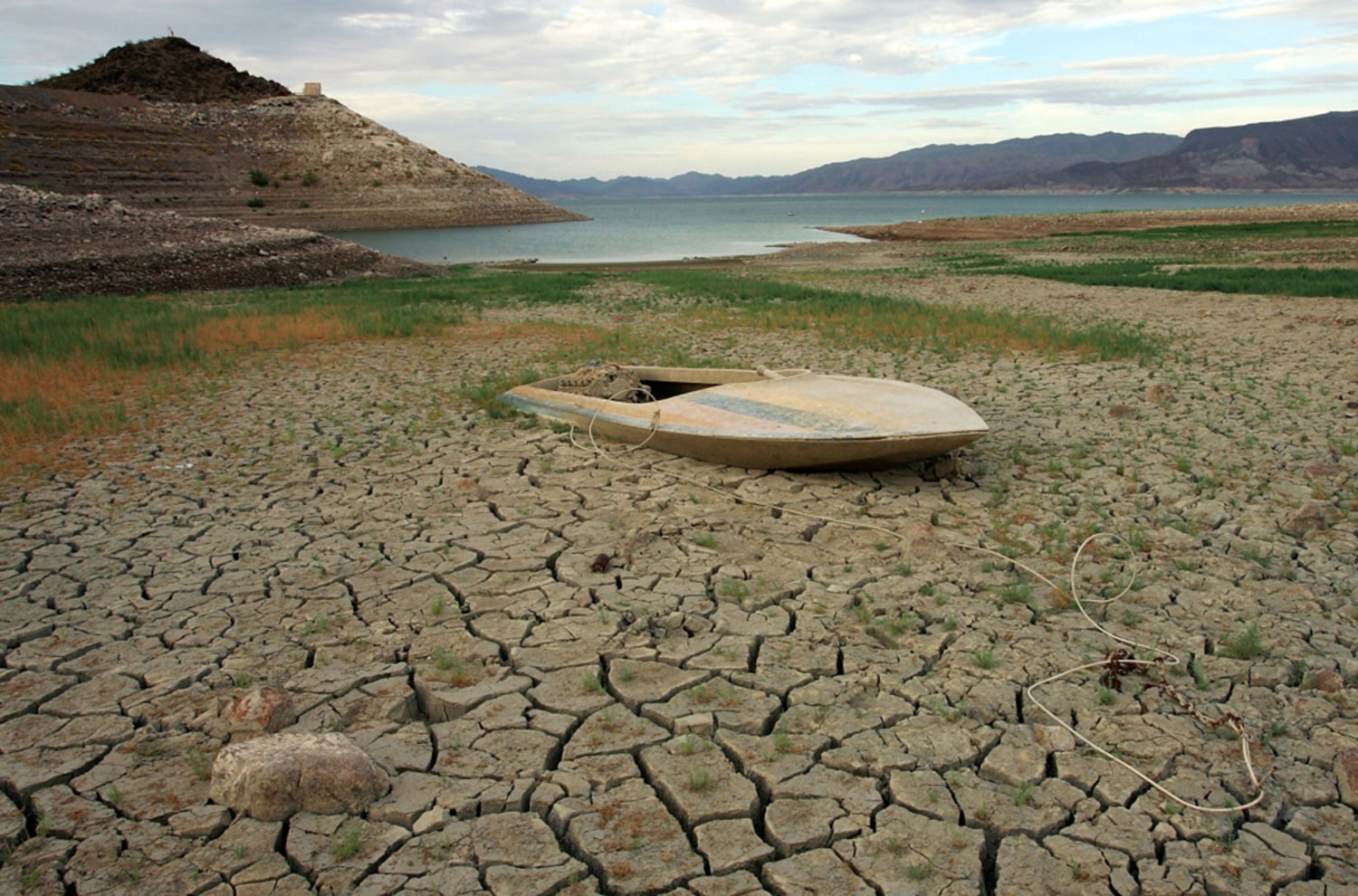A recent study has revealed groundwater depletion is occurring rapidly worldwide. Are these signs that the world is drying up?
This was uncovered in a study conducted by researchers at UC Santa Barbara, presenting an analysis of groundwater levels worldwide, covering nearly 1,700 aquifers.
“This research was driven by curiosity. We wanted to better understand the global groundwater conditions by conducting millions of groundwater level measurements,” said one of the authors of the study, Debra Perrone, who is also a professor of Environmental Studies at UC Santa Barbara.
The team collected data from national and subnational records as well as the work of other institutions.
The study took three years, two of which were spent sorting data. These data were necessary to understand 300 million measurements of water levels from 1.5 million wells over the past 100 years.
The researchers then scoured over 1,200 publications to reconstruct the boundaries of the studied aquifers and evaluate trends in groundwater levels in 1,693 aquifers.
The findings provide the most comprehensive analysis of global groundwater levels to date and indicate a prevalence of groundwater depletion.
The study revealed groundwater depletion in 71 percent of aquifers. This depletion is also accelerating in many places: the rate of groundwater decline in the 1980s and 90s has surged from 2000 to the present, citing the official website of the University of California Santa Barbara, Monday (29/1).
This faster groundwater decline is occurring in nearly three times as many places as the researchers anticipated.
Scott Jasechko, a professor at the Bren School of Environmental Science & Management and also the lead author of this study, said groundwater depletion occurs more frequently in dry climate areas.
The acceleration of decline is particularly happening in dry and semi-arid cultivated lands.
“This [study] is different because it shows that this [groundwater decline] is happening in the real world,” said Jasechko.
On the other hand, there are some places where levels have stabilized or recovered. Groundwater decline in the 1980s and 90s reversed in 16 percent of aquifer systems with historical data. However, these cases are only half of what would be expected by chance.
“This study shows that humans can reverse the situation with deliberate and concentrated efforts,” he said.
Communities, the researchers say, can spend a lot of money building infrastructure to store water underground. If geological conditions are right, communities can store large amounts of water underground, which is much cheaper, less disruptive, and less hazardous.
Stored groundwater can also benefit the ecology of the region.
In fact, when preparing a brief research report in 2014, Perrone found that recharging aquifers could store six times more water per dollar than surface reservoirs.
According to Perrone, another option is to focus on reducing water use. Often, this involves regulations, permits, and costs for groundwater use.
To that end, she is currently studying water regulations in the western US to understand these various interventions. Regardless of whether it comes from supply or demand, aquifer recovery seems to require intervention, the research revealed.
The authors complemented measurements from monitoring wells with data from the Gravity Recovery and Climate Experiment (GRACE).
The GRACE mission consists of twin satellites that accurately measure the distance between them while orbiting the Earth. In this way, the spacecraft detects small fluctuations in this planet’s gravity, which can reveal aquifer dynamics on a large scale.
“The advantage of GRACE is that it allows us to explore groundwater conditions where we don’t have in-situ data,” said Perrone.
“Our assessment complements GRACE. Where we have in-situ data, we can explore groundwater conditions locally, a resolution level that is crucial when dealing with depletion.”
This local resolution is crucial, as found by the authors, because neighboring aquifers can show different trends.
Nevertheless, trends in groundwater levels do not provide a complete picture. Even when aquifers remain stable, groundwater pumping can still affect nearby surface water flow and surface water.
This causes it to leak underground, as detailed by Perrone and Jasechko in another paper in the journal Nature in 2021.
The researchers also analyzed rainfall variability over the past four decades for 542 aquifers. They found that 90 percent of aquifers experiencing accelerated decline are in places that have become drier over the past 40 years.
These trends likely have reduced groundwater recharge and increased demand. On the other hand, climate variability also allows groundwater to recover in places where conditions are wetter.
Perrone and Jasechko are now studying how groundwater levels vary over time in the context of climate change.
Linking these change rates to actual well depths will provide better predictions of locations at risk of groundwater access.
“Groundwater depletion is unavoidable,” concluded Jasechko.



